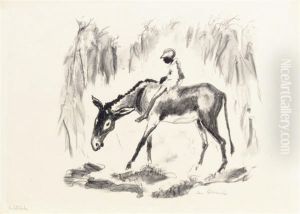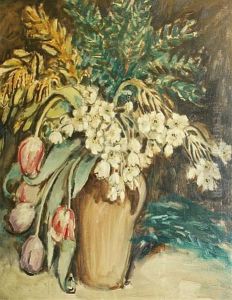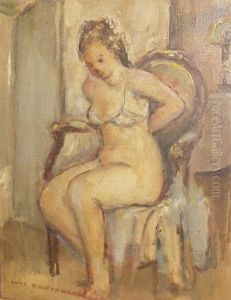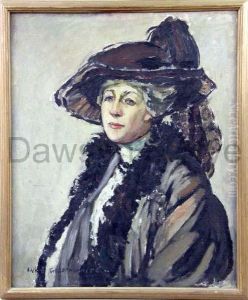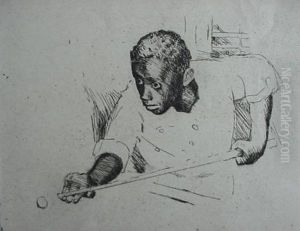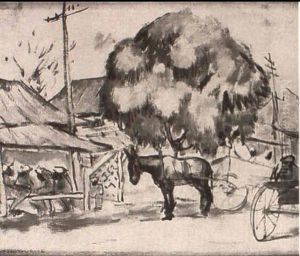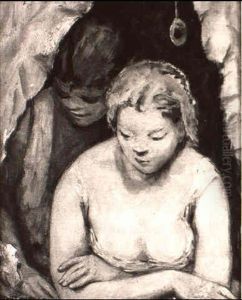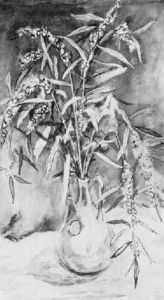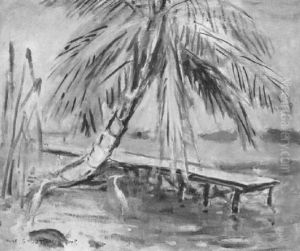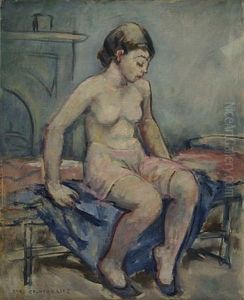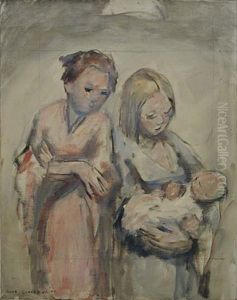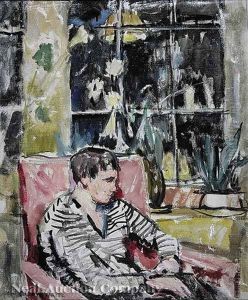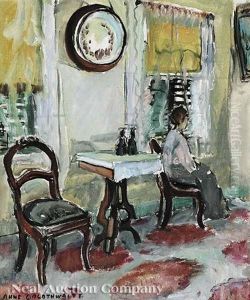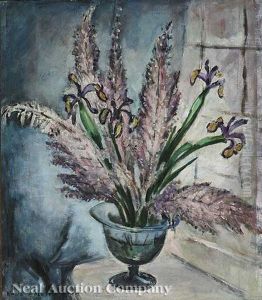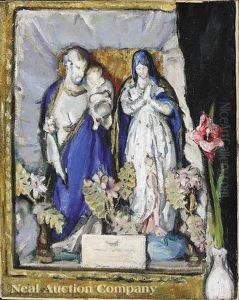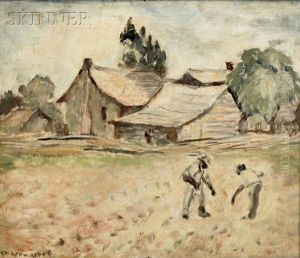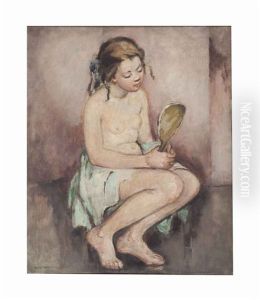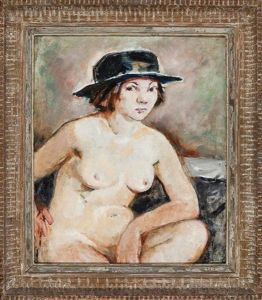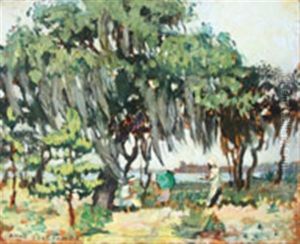Anne Wilson Goldthwaite Paintings
Anne Wilson Goldthwaite, born on June 28, 1869, in Montgomery, Alabama, was an American painter and printmaker associated with the early 20th-century American modernist movement. Her work was known for its spirited depiction of landscapes, still lifes, and scenes of everyday life, often reflecting her Southern roots. She was also a significant figure among the circle of artists frequenting the 291 Gallery, operated by Alfred Stieglitz in New York City.
Goldthwaite began her art education in Montgomery before moving to New York City in 1901 to study at the Art Students League. She was taught by renowned artists such as Kenyon Cox and Frank DuMond. In 1906, Goldthwaite traveled to Paris, where she continued her education at the Académie Julian and the Académie Colarossi, studying under influential teachers such as Charles Guérin. Paris was a turning point for her, as she was exposed to the burgeoning modernist movement and began to develop her own artistic style, influenced by the works of Cézanne and Matisse.
Upon returning to the United States, Goldthwaite became an active member of the art community. She was a founding member of the New York Society of Women Artists in 1925 and participated in various important exhibitions, including the 1913 Armory Show, which introduced American audiences to avant-garde European art. Her work during this period often depicted the landscapes and people of her native Alabama, and she became known for her ability to infuse her modernist vision with regional themes.
Throughout her career, Goldthwaite also worked as an educator, teaching at the Art Students League and other institutions. She was an advocate for women in the arts, often promoting the work of her female contemporaries. Her own work was well-received by critics and collectors alike, and she continued to exhibit widely throughout her life.
Anne Wilson Goldthwaite passed away on January 29, 1944, leaving behind a legacy as a pioneering American modernist who had a significant impact on the cultural landscape of the early 20th century. Her paintings and prints remain a testament to her innovative spirit and her commitment to portraying the American South with a modernist eye.

